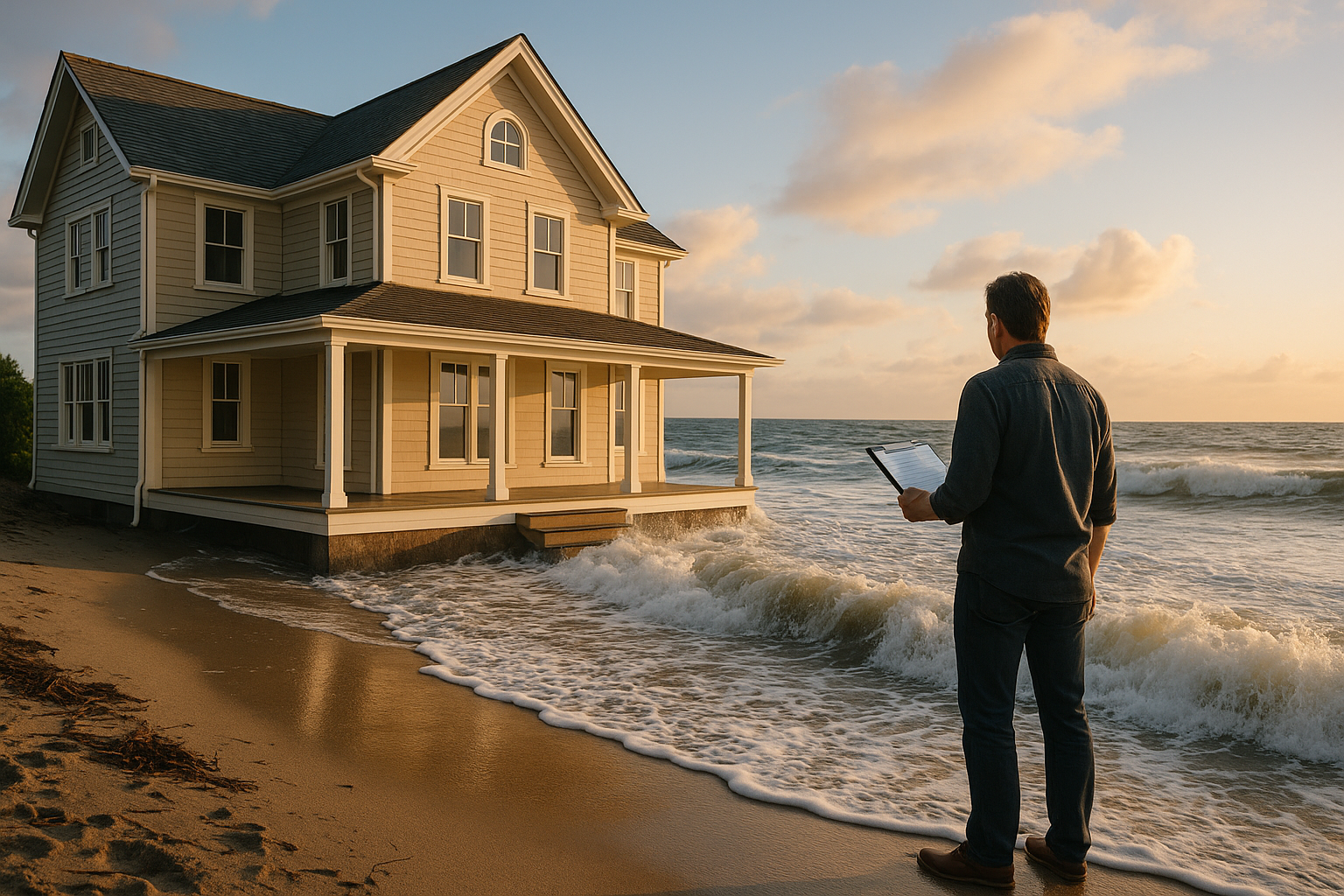Shifting Tides: Evaluating the Impact of Sea Level Rise on Coastal Real Estate
From the charming beachfront cottages of Cape Cod to the luxurious oceanfront mansions in Malibu, coastal properties have always held an undeniable allure. Yet, with sea levels on the rise due to climate change, is investing in coastal real estate still a viable strategy? This article explores the interplay between coastal real estate and rising sea levels, and what it means for buyers, sellers, and investors.

Unveiling the Historic Background
The desire to live near the water is not new. For centuries, coastal areas have attracted people for their unparalleled views, direct water access, and holiday-like vibes. However, over the last few decades, the risks associated with coastal living have become increasingly apparent. Rising sea levels, fueled by climate change, pose a significant threat to properties along coastlines worldwide. This reality is forcing a re-evaluation of the perceived value of coastal real estate.
Unpacking the Current Market Trends
Recent years have witnessed a significant shift in the coastal real estate market. According to a study published by the National Bureau of Economic Research, properties exposed to sea-level rise sell for about 7% less than equivalent, but less-exposed properties, indicating a “climate discount.” Additionally, the insurance costs for these properties have skyrocketed, making them less attractive to potential buyers.
Weighing the Pros and Cons
While the potential for property damage and increased insurance costs are undeniable downsides, coastal real estate still has its merits. These properties offer unparalleled amenities such as stunning views, beach access, and a relaxed lifestyle, which can justify the potential risks for some buyers. However, it’s essential for buyers, sellers, and investors to consider the longer-term implications of sea-level rise and adjust their strategies accordingly.
The Impact on Stakeholders
The implications of sea-level rise extend beyond the potential homeowners. Investors and lenders also need to consider the impact of climate change on their portfolios. For instance, if a significant portion of an investment portfolio is tied up in coastal real estate, the risks associated with rising sea levels could lead to substantial losses. On the other hand, lenders may also face losses if borrowers default on their mortgages due to property damage or depreciation.
Navigating the Future
Despite the challenges, it’s unlikely that coastal real estate will lose its appeal entirely. Instead, we will likely see a shift in how these properties are bought, sold, and managed. Buyers may become more selective, favoring properties with robust flood defenses. Meanwhile, sellers and real estate agents may need to be more transparent about the risks associated with a property. And investors will need to diversify their portfolios to mitigate the risks associated with climate change.
In conclusion, the impact of sea-level rise on coastal real estate represents a significant shift in the property market. While these properties still hold appeal, the risks associated with them are increasingly apparent. As such, buyers, sellers, and investors must adapt their strategies to navigate this changing landscape effectively.





